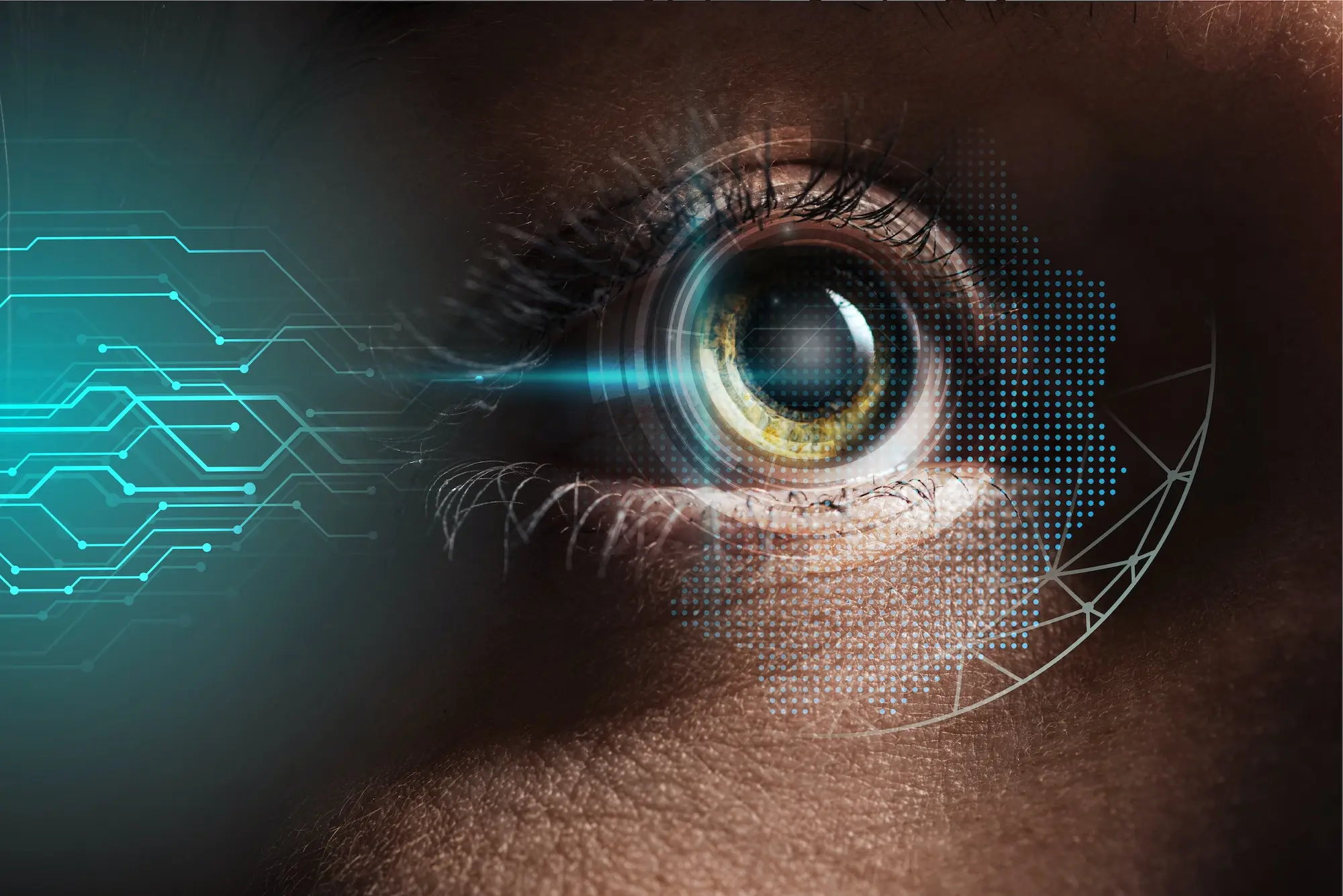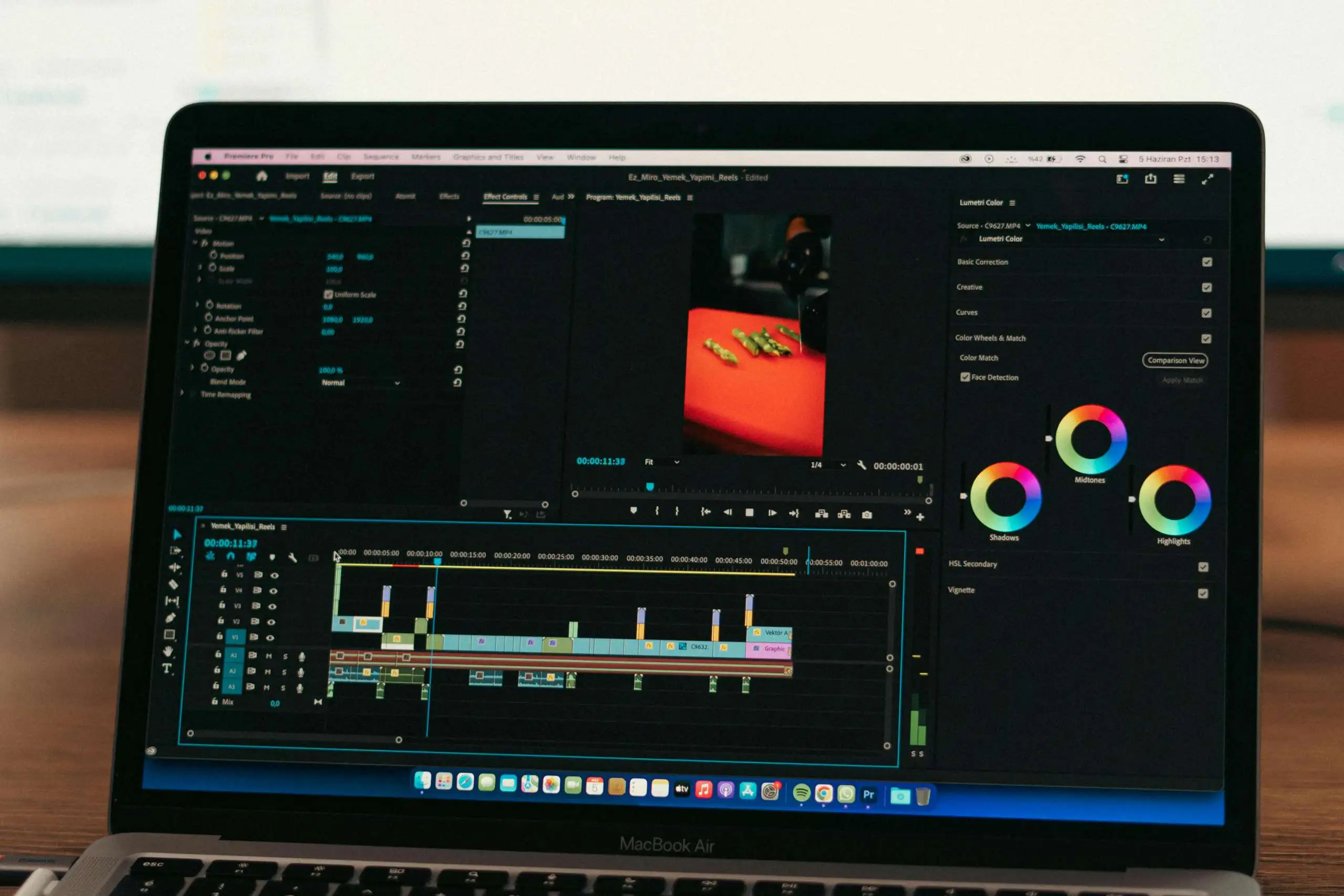
Between the 1940s and the 1950s, the term “software” and its understanding thereof was largely reserved for a small group of highly specialized academics. It was a field of study and practice with very limited application. At that time it largely served mathematical purposes and required a great deal of technical aptitude. The field was in its infancy and many wondered what the real-world application of software could look like.
Fast forward about 70 years, and the way the world views software has rapidly expanded and shows little signs of slowing down regarding relevance in our daily lives and the number of people that interact with it in a modern and digital landscape. Software exists in most places of the world with a digital footprint and spans from the simple firmware that helps produce your coffee in the morning to the highly sophisticated systems that enable and analyze global financial operations. When we consider the current trends in software at both a business and personal level, we can start looking at the possibilities of what it may look like by 2030.
Presently, we can appreciate software for its many applications and its ability to solve business problems at scale. From administrative to creative, from theoretical to practical industry, software has expanded into mechanisms and toolsets that make processes easier, reduce time spent on repetitive tasks, and breathes new life into information that we take for granted every day. We see this applied across almost every professional industry as software is involved in helping people make more informed decisions at each level of an organization. Cloud technology as a great agent of change and as a branch of software, has enabled the development and access to web, mobile, and desktop applications, business-process automation, Artificial Intelligence, Machine Learning, and Internet of Things (IoT) to name a few. All these sub-trees have stemmed from the need for a more connected world with technology that intuitively understands the way people work and live. In the wake of the global pandemic that forced many to become increasingly dependent on digitized toolsets, software in the application context should continue to grow as an interactive medium that becomes increasingly connected between currently disparate systems.
As we learn to apply patterns of information across a broader scope of industries, we could see the adoption of more sophisticated systems that not only operate in their sphere but can cross reference learnings between one another, to become more efficient in the contextual analysis of data. Applications are likely to become more interwoven into our day to day and may shift from being a luxury consideration to a basic need that most require to function within a modern world.
When considering toolsets and development practices, software has also evolved from its early origins of being highly specialized and limited in design, to offering a much wider array of ways to build solutions for a larger number of problems. The first recognized programming languages like Assembler required a good amount of understanding of the exact system developers and engineers were building for. In contrast, our modern languages and frameworks have become very far separated from the physical host on which it needs to run, allowing developers to focus more on the problem that requires solving rather than the limitations and intricacies of the hardware that may run it. While there will most likely exist a specialized need for low-level toolsets for some time, especially in cases where hardware optimization is critical, the trend of increased generalization and abstraction of developing common use case applications is likely to continue. The rise of low-code/no-code platforms is evidence of the trend becoming more widely adopted. Examples of these include the popular OutSystems platform and even Power Automate from the Microsoft suite. While not necessarily suited to every application need or problem set, generalized toolsets like these open up the world of problem-solving through software to a much wider audience, allowing professionals without traditional programming backgrounds to contribute to the software-making process. All the while, technologists who have evolved with the trend, will recognize the opportunity to rapidly produce solution sets that would have consumed many hours behind the keyboard to achieve the same results.
While the act of programming may not completely disappear within the next decade, it surely will have become a more contextualized exercise. The focus and mental strain of producing software are more likely to shift to a realm where larger blocks of well-understood solutions are pieced together in the right way to build a much grander building. People will be able to upskill and enter the technology market much faster while the barriers to understanding typically complex computer theory are made much lower before being able to contribute meaningfully. This, in turn, could allow those that are focused on moving the core technology forward, enhanced capacity to build smarter, more intuitive toolsets and fill in the specialization by customization gap as the market for “DYI” software building increases.
As with any advancement, however, software’s progress is not short of challenges and stumbling blocks as it looks to become more widely adopted and integrated into an ever-increasingly digital society. Legacy systems running on outdated and largely end-of-support technology greatly hamper even some of today’s most established organizations. The size and complexity of these systems often make it challenging for integration and conversion to newer toolsets which can greatly obstruct the progress of an organization’s modern relevancy. While in the short-term it seems more beneficial and cost-effective to simply maintain these systems, long-term the system might be paying the great cost of opportunity that would have been part of the benefits of remaining with a modern technology stack. Furthermore, the lack of education about the benefits of modernizing through software also causes some to doubt the adoption of a specific system especially when the current processes in place seem to be “doing the job” well enough. Organizations often rationalize this by arguing that stability is more important than ensuring that more modern practices are looked at. While stability is required in most core business facets, a system at large that hopes to survive in an ever more competitive industry will have to continually monitor advancements in its domain. This is especially true for software systems that see a rapid pace of growth more often than more traditional fields of practice. At a different part within the spectrum, the challenges of moral and ethical practices regarding the usage of software remain issues that cause skepticism over how far software evolution should be allowed to go. AI systems and privacy considerations come strong at play here when we look at toolsets that are created for the advancement and exploration of society, but in their exploitation by groups with less noble intentions, become topics of hot debate when we need to consider the amount of access these systems have to the way people live and work. As with most disrupting movements, these systems will eventually need strict standards to adhere to maintain the balance of progress and respect humanitarian considerations. To further guard against these issues, transparency and regulation will have to be strong factors in the development of smart systems along with a focus on security to ensure the healthy growth of software that deals with personal and sensitive business information.
With relation to the notion of “smart systems” (i.e. software based on data models that allow for autonomous decisions and suggestions), we are likely to see continued investment into these technologies. Projects like GitHub Co-Pilot, the AI art generating DALL-E 2, and the most recent of interest, ChatGPT, are all good examples of systems that have taken learnings from a vast amount of data available and produced relevant results. These systems also typically continue to learn and improve as user feedback is gathered and the data model is more accurately shaped to more efficiently serve the domain at play. Going forward, it is most likely for us to see greater integration of model-based solutions that either enhance current ways of doing things (e.g. DALL-E 2 assisting in the prototype phase of a creative project) or expose completely new avenues of software previously unexplored.
In essence, a lot of factors are worth considering when looking at the broad spectrum of what software may evolve into over the next few years. There exist both exciting opportunities as well as cautious issues to navigate that will decide how the field will continue to grow. The fact that its relevance continues to play part in a societal change is ever-increasing though and it is an exciting world to be part of. Whether you’re at the forefront of aiding the domain to grow or form part of the greater ecosystem of the software world, increased accessibility to the field will soon mean that everyone becomes part of the global software community in some shape or form. All things considered, the software rocket has most definitely reached lift-off, and only the limits of human imagination bound it to what the further future may comprise.

